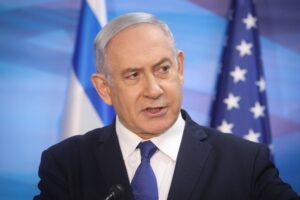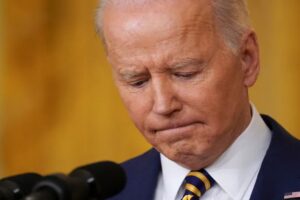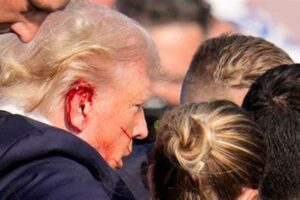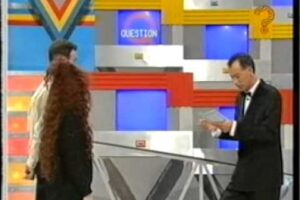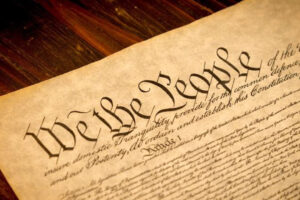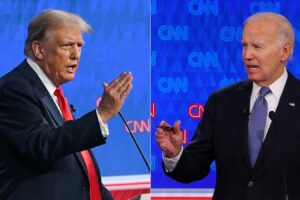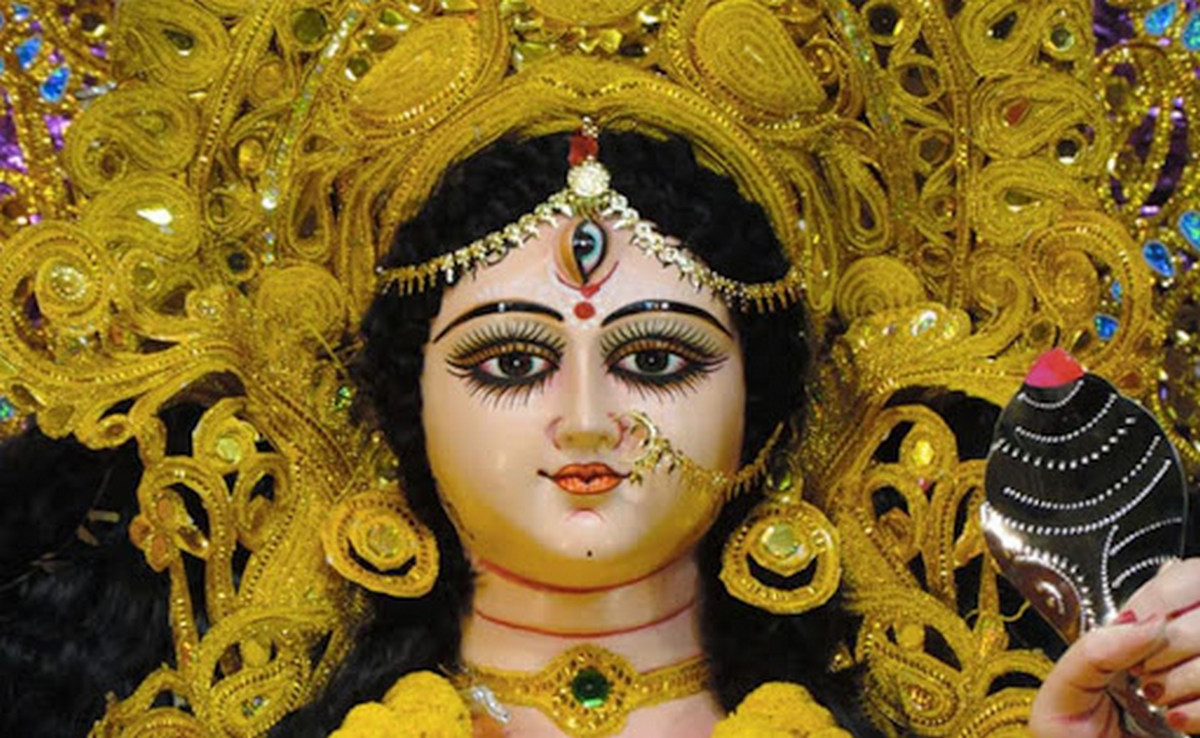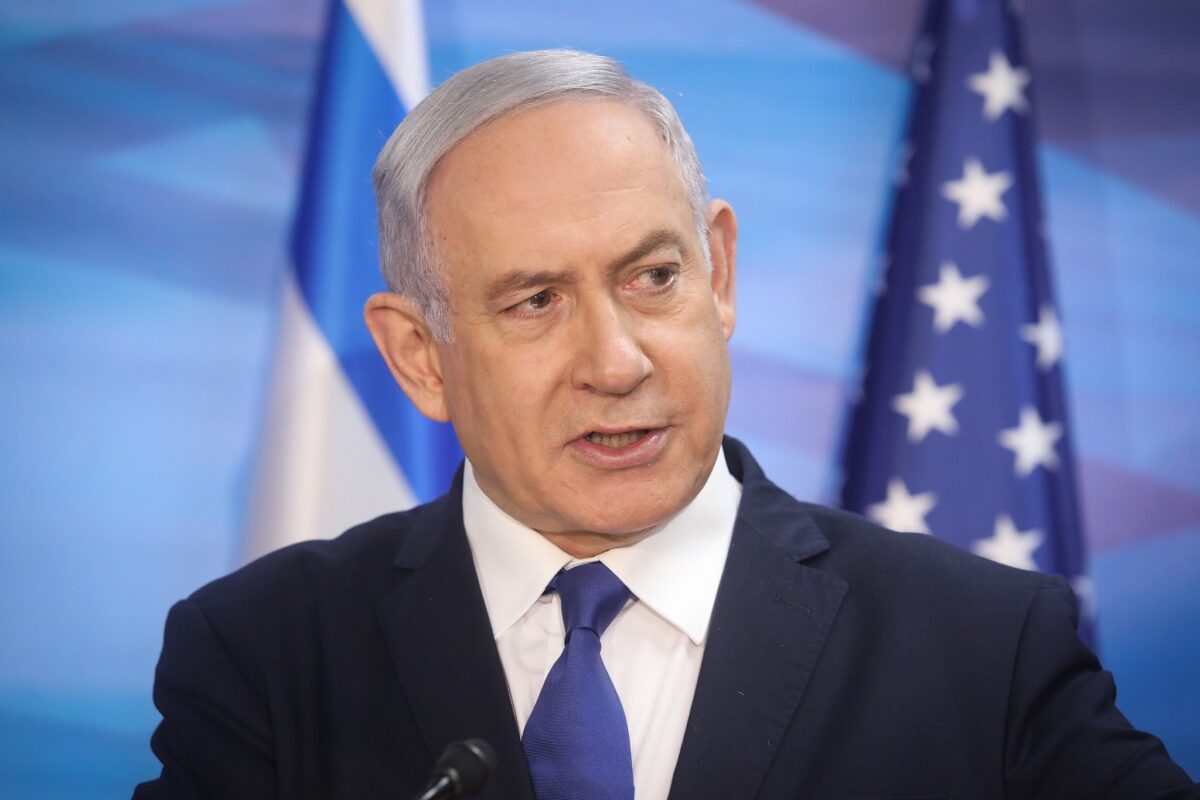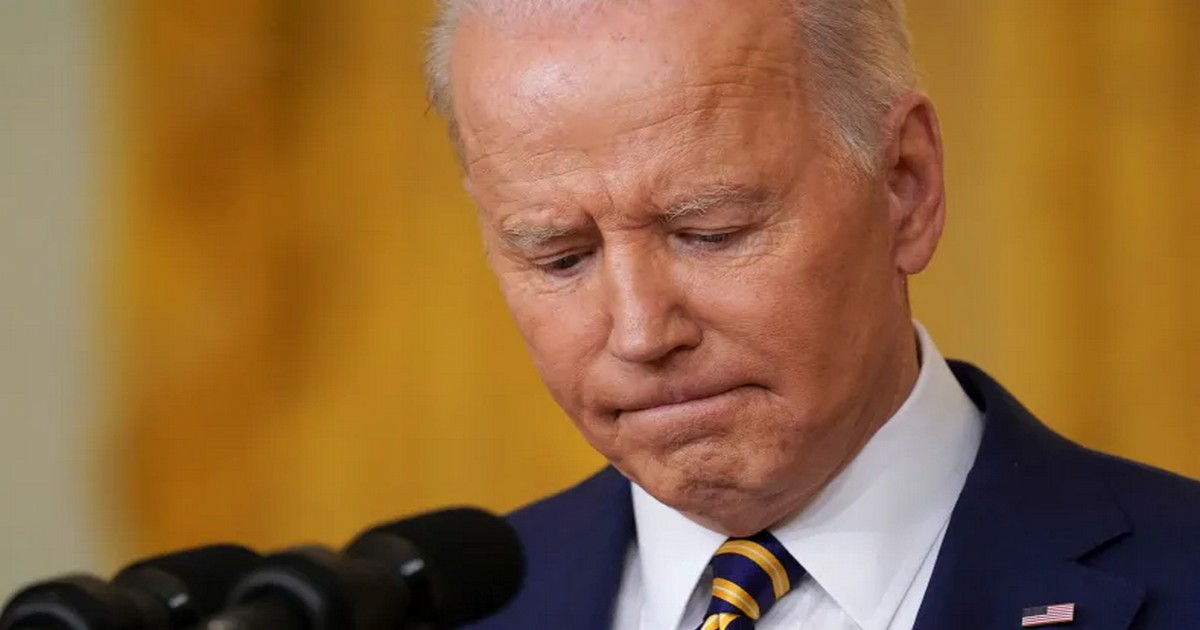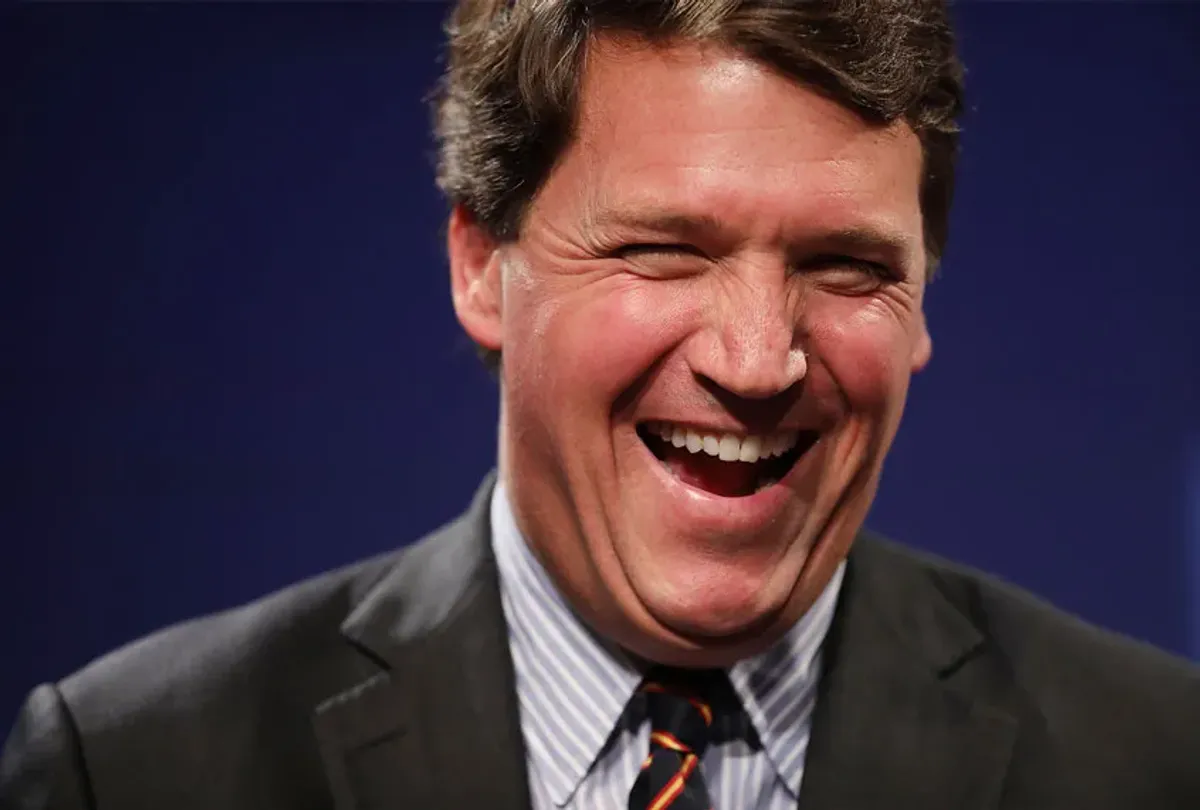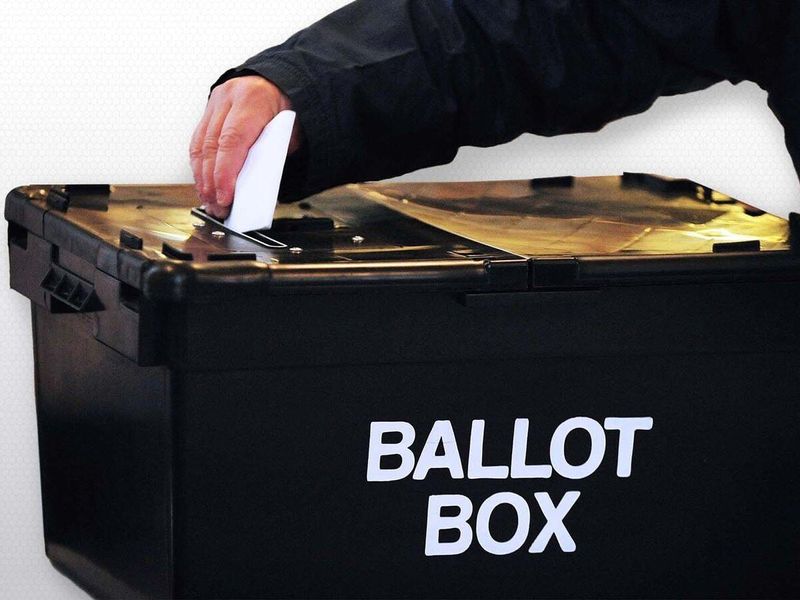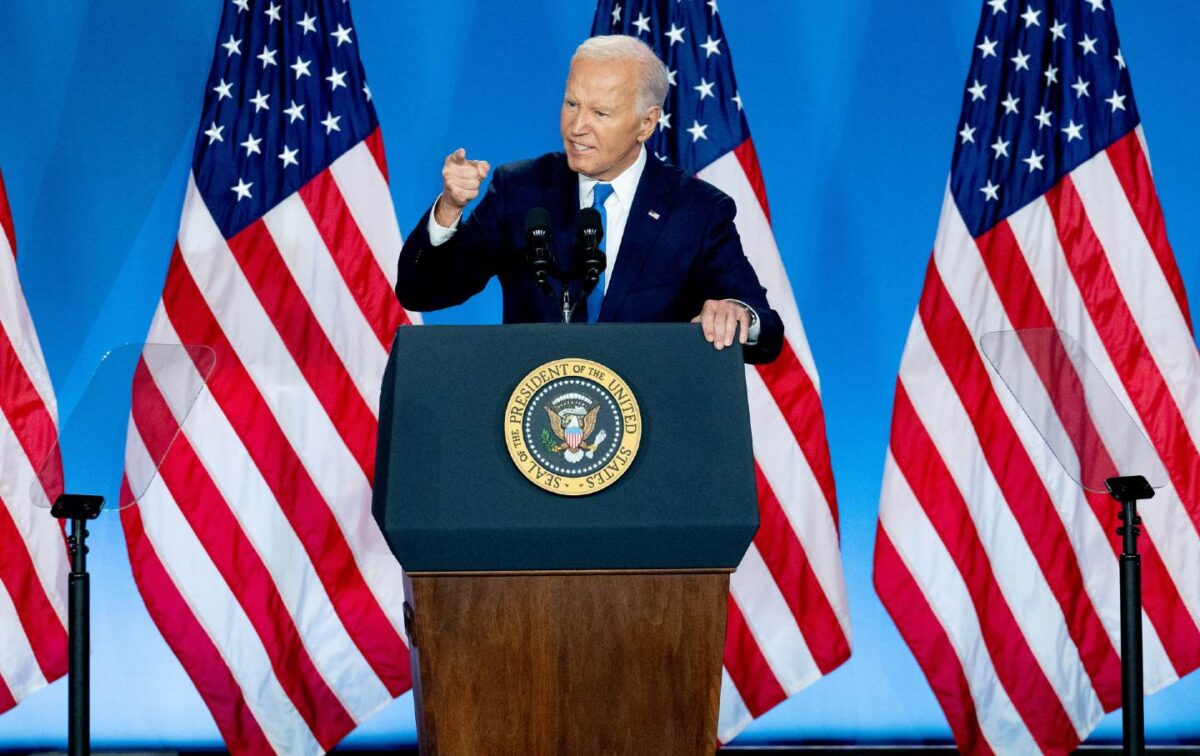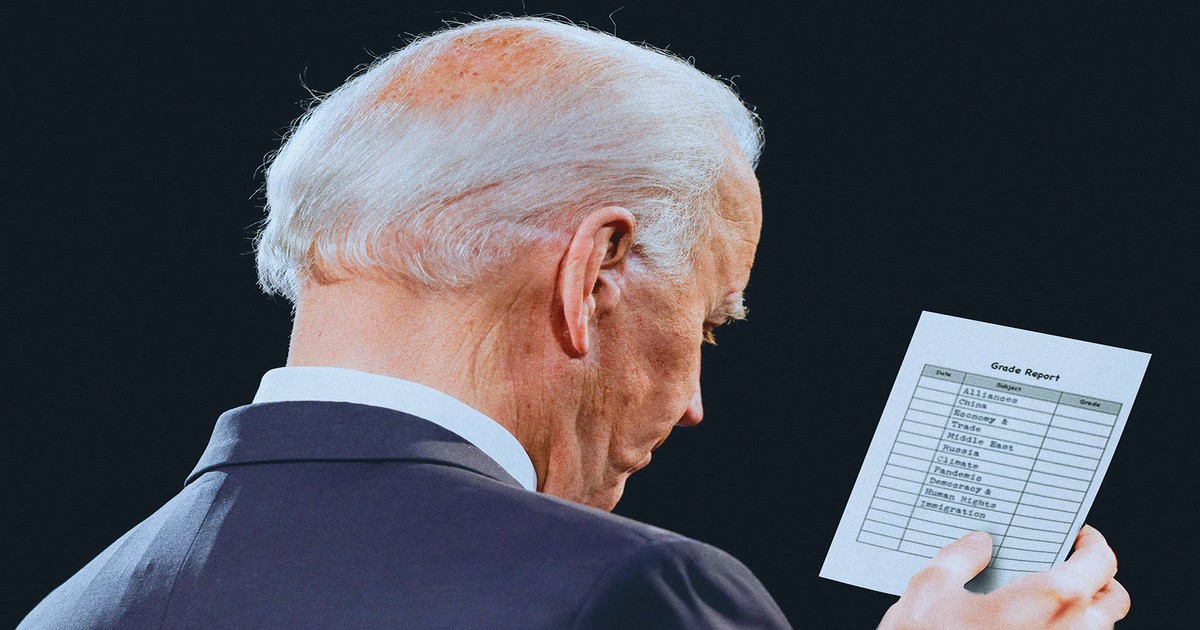Salil Gewali
When October is here, we, with a feeling of enthusiasm, are set to celebrate Durga Puja. For many of us, Durga Puja is more of an excuse to eat, drink and be merry. We buy yourselves new clothes, move from pandal to pandal, and forget our exercise and diets for a few heavenly days. But is that all Durga Puja stands for? Are we aware of the philosophies behind this annual celebration? But to be honest, there is not one single philosophy.
The word Durga is derived from the root word ‘Durg’ which means fort. Just as a fort stands tall and mighty around low-lying land, water or jungles, and protects the inmates from all kinds of dangers, we look upon Maa Durga as our “divine protector” from all evil. We feel safe and secure in her divine embrace and feel her all-pervasive energy around us and within us. Divinity has always been looked upon as something far removed from science, mundane logic, and facts. But modern science is only just beginning to realise that the energy of Maa Durga which we refer to as Shakti does have strong underpinnings in every aspect of our lives and is the governing philosophy behind many of the relational
dynamics – visible and invisible.
Of course, the philosophy behind our worship of Maa Durga is not just an amalgamation of various religious rites. A rational scientist would find many similarities in facets of her story and our real life. For example, let us look at her weapons. Trident or Trishul: The three-headed sharp weapon that is said to symbolise the three Gunas human beings are made of, i.e – tamas, rajas and sattva – this itself is a very complex and vast subject to understand. Discus or Sudarshan Chakra is Lord Vishnu’s gift that symbolises the centre of creation. Thunderbolt or vajra: Indra’s gift means steadiness of character,
determination, and supreme power.
Conch is the symbol of the primordial sound of “creation” – AUM. The spear represents auspiciousness, which is a gift of fire also symbolising the purity of power. Sword symbolises intellect and wisdom with a complete sense of responsibility and the understanding to discriminate right from wrong. Bow and arrows are the combinations of potential and kinetic powers that symbolise all segments of ENERGY. The axe symbolises the prowess of Vishwakarma and has the power to create as well as destroy. Lotus represents
wisdom, “LIBERATION through KNOWLEDGE”. The Snake symbolises consciousness and the masculine energy of Lord Shiva.
When you juxtapose this life-giving form of Maa Durga against the Trishul and the sword-wielding warrior form of the Mother Goddess, she comes across as the Destroyer. The target of her weapons of destruction is the evil forces that she wishes to protect her children against. So, the philosophy of Maa Durga encompasses all three incarnations in one form – the Destroyer, the Life-Giver, and the Creator.
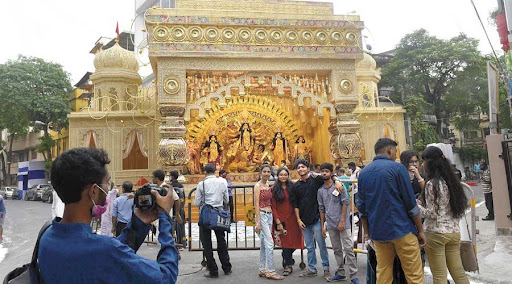
Yes, it is easy to look upon the fable of Maa Durga as a story we have created for our consumption. But like the examples we have illustrated above, there are several ways in which the legend of Maa Durga finds reflection in our daily life and helps to underline some of the philosophies she represents. Let us examine a few of these.
According to mythological accounts, Rambha was an asura who pleased the fire God Agni with his devotion and got a boon that a son would be born to him who could not be killed by any God or man or animal. This son was named Mahishasura and he grew up to be a powerful warrior. When he heard of the boon, it made him incredibly haughty and merciless, and he went around defeating all kinds of men and demi-Gods and expanding his kingdom. This cold-blooded massacre and destruction soon left the Gods worried, and they went into a huddle to plan an effective counter to Mahishasura without tampering with the boon he had been granted. The solution came from the Gods themselves, who took advantage of the syntax of the boon. The boon had mentioned God, man, and animal but made no mention of “woman”. So, the Gods put together their powers and created Maa Durga, and she would fight for the forces of good and vanquish evil. Armed with all the boons and weapons that the Gods could provide, Maa Durga took on the EVIL represented by Mahishasura. After a long and ferocious battle, she finally put an end to the cursed life of Mahishasura. This story is a fable, but the philosophy it underlines is profoundly cerebral.
Every force of evil in this world would be balanced by an equivalent force of good. Whenever evil goes beyond a certain level, the forces of good come together to destroy evil and restore the balance of this world.
Outside of the physical manifestations of our prayers and devotion for Maa Durga, she also embodies the spirit and characteristics of a mother. Maa Durga is the divine force we look up to, who can protect us from worldly ills in every kind of situation because she is “omnipresent” and all-powerful. SHE embodies the perfect amalgamation of power and mercy which we see in Mothers everywhere. As we see from these few examples, Maa Durga is considered the epitome of Shakti (ENERGY) which is GOOD and can triumph over EVIL. Yes, our scriptures pour out a rich vein of philosophical underpinnings on which to lead our lives well and gradually make an earnest effort for self-realisation and merge with the DIVINE GOOD. Ultimately, it is the Mother’s DIVINITY that encompasses the whole cosmos.
Views: 160




